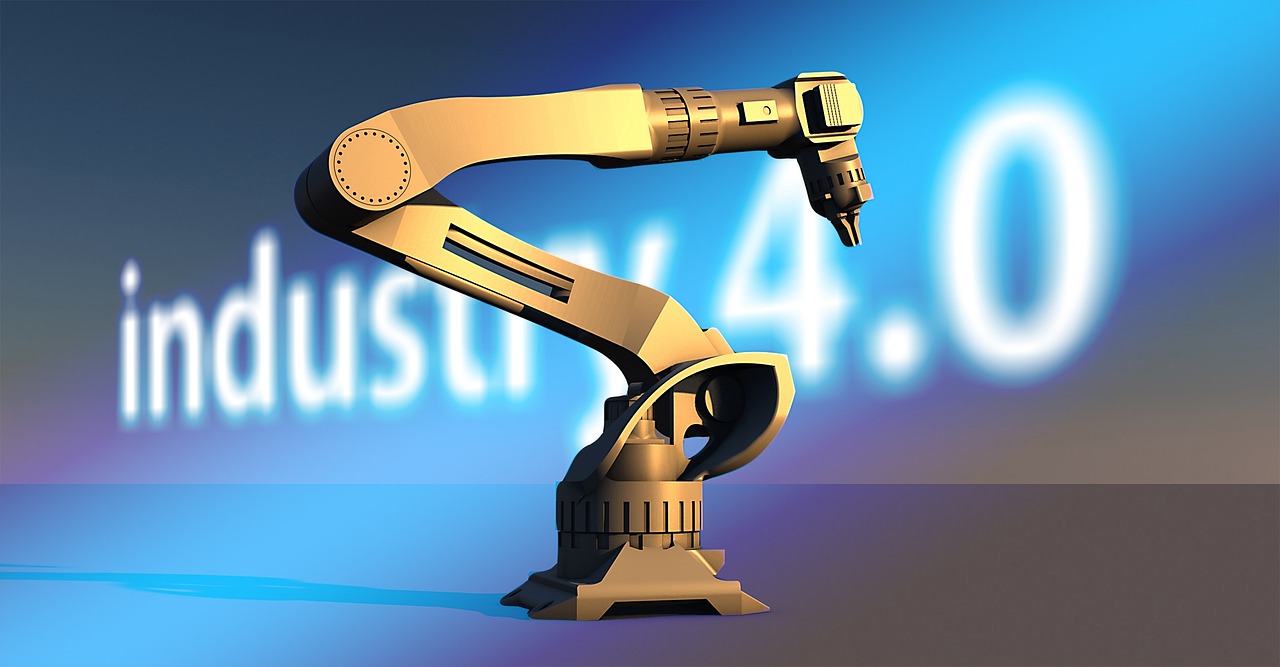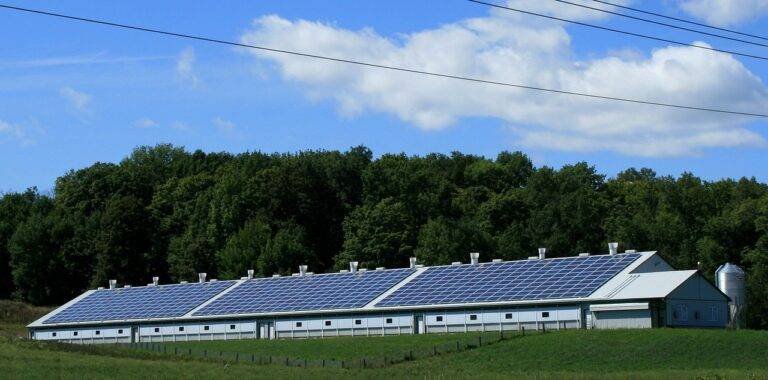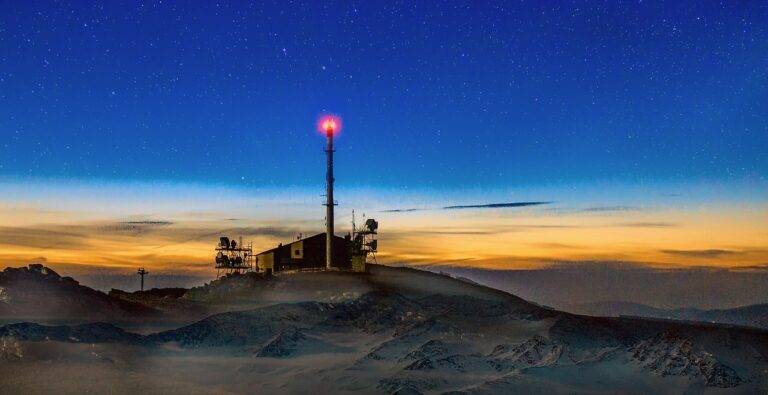The Role of Blockchain in Food Traceability
Blockchain technology has emerged as a powerful tool for enhancing transparency and traceability in various industries, including food supply chains. In this article, we’ll explore the role of blockchain in food traceability and its potential to revolutionize the way we track and monitor the journey of food from farm to table.
Food traceability refers to the ability to track the movement of food products and ingredients throughout the supply chain. It involves recording and documenting key information such as origin, production methods, handling, and distribution to ensure food safety and quality.
The Need for Food Traceability
Ensuring the safety and quality of food products is essential for protecting public health and building consumer trust. However, traditional methods of food traceability, which rely on paper-based records and centralized databases, are often inefficient and prone to errors.
Introducing Blockchain Technology
Blockchain technology offers a decentralized and immutable ledger that records transactions in a transparent and tamper-proof manner. Each transaction, or block, is linked to the previous one, forming a chain of blocks that provides a complete and transparent history of all transactions.
How Blockchain Enhances Food Traceability
By leveraging blockchain technology, food supply chain stakeholders can achieve the following benefits:
- Improved Transparency: Blockchain enables real-time visibility into the movement of food products, allowing stakeholders to track their journey from farm to table.
- Enhanced Traceability: With blockchain, each step in the supply chain is recorded on an immutable ledger, making it easy to trace the origin of food products and identify the source of any issues or contamination.
- Increased Accountability: By recording information on a decentralized ledger, blockchain holds all parties accountable for the accuracy and integrity of the data, reducing the risk of fraud and error.
Applications of Blockchain in Food Traceability
Blockchain technology has numerous applications in food traceability across various sectors:
- Agriculture: Blockchain can be used to track the origin and production methods of agricultural products, including fruits, vegetables, and grains, ensuring compliance with quality and safety standards.
- Seafood: Blockchain can help seafood suppliers and distributors verify the authenticity and sustainability of seafood products, reducing the risk of illegal fishing and mislabeling.
- Processed Foods: Blockchain can enable manufacturers and retailers to trace the ingredients used in processed foods, allowing for faster and more accurate recalls in the event of contamination or allergen issues.
Challenges and Considerations
While blockchain holds great promise for food traceability, several challenges and considerations must be addressed:
- Integration: Integrating blockchain into existing supply chain systems and processes can be complex and requires collaboration among stakeholders.
- Scalability: Blockchain networks must be able to handle large volumes of transactions to support the needs of global food supply chains.
- Cost: Implementing blockchain solutions can be costly, especially for small and medium-sized enterprises (SMEs) with limited resources.
FAQs
Q: What is blockchain technology?
A: Blockchain technology is a decentralized and immutable ledger that records transactions in a transparent and tamper-proof manner.
Q: How does blockchain enhance food traceability?
A: Blockchain improves transparency, traceability, and accountability in the food supply chain by recording transactions on a decentralized and immutable ledger.
Q: What are some applications of blockchain in food traceability?
A: Blockchain can be used to trace the origin of agricultural products, verify the authenticity of seafood, and track the ingredients used in processed foods.





